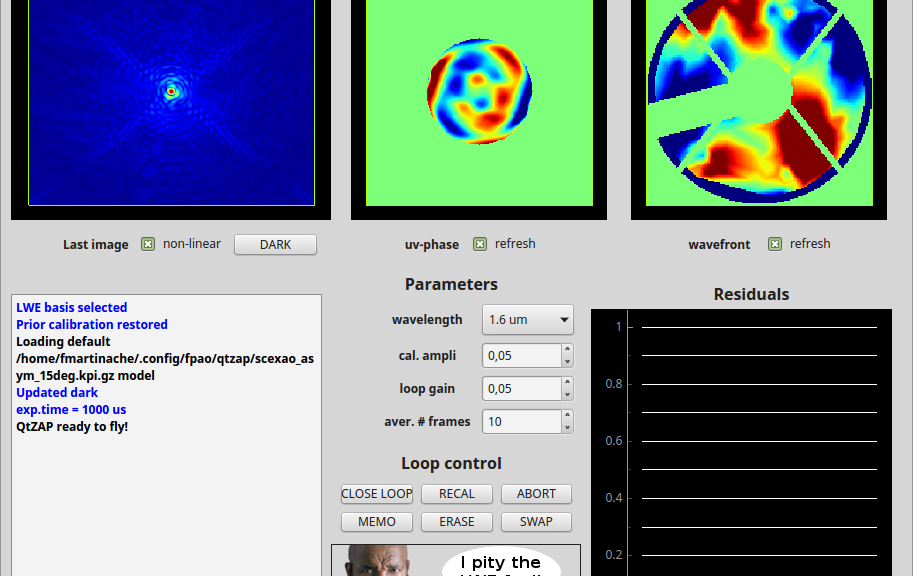 Because of the exquisite level of wavefront control they enable, extreme adaptive optics (XAO)-fed instruments like SPHERE at VLT or SCExAO at the Subaru Telescope, have led to discovering new subtle effects that were previously invisible, as images were still dominated by the lesser correction. One such recently discovered effect is the “low wind effect” (LWE), so called because its impact is particularly obvious when the low altitude wind speed decreases below a threshold speed: whereas such observing conditions should in theory be ideal for the instrument, the image quality decreases so much that the instrument cannot be used productively.
Because of the exquisite level of wavefront control they enable, extreme adaptive optics (XAO)-fed instruments like SPHERE at VLT or SCExAO at the Subaru Telescope, have led to discovering new subtle effects that were previously invisible, as images were still dominated by the lesser correction. One such recently discovered effect is the “low wind effect” (LWE), so called because its impact is particularly obvious when the low altitude wind speed decreases below a threshold speed: whereas such observing conditions should in theory be ideal for the instrument, the image quality decreases so much that the instrument cannot be used productively.
This effect seems to be due to subtle interactions of the airflow and the structure bearing the secondary mirror of the telescope: when the wind speed drops, temperature gradients occur over the surface of the primary, and result in strong aberrations and even discontinuities in the wavefront that are very difficult to diagnose by conventional wavefront sensors. Given that the signature of the effect is particularly strong on the image (the resulting PSF was even nicknamed “Mickey Mouse”, since it sometimes bears strong sidelobes reminiscent of the famous mouse’s ears), the image seems like the right place to diagnose this effect: an ideal job for the phase transfer model at the heart of the KERNEL project!
Given prior experience with focal plane based wavefront sensing (reported in a publication available here) with the SCExAO instrument, the KERNEL team is investigating the relevance of the asymmetric pupil Fourier wavefront sensing (APF-WFS) technique, and its ability to account for the peculiar aberrations introduced by this LWE. The video below features a proof of concept: it shows that, at least in the context of a simulation, the technique can indeed be used in a closed-loop system, to bring these aberrations down! This adaptation of the APF-WFS to deal with the low wind effect will be the object of experimental work at the Subaru Telescope, over the next couple of weeks.

